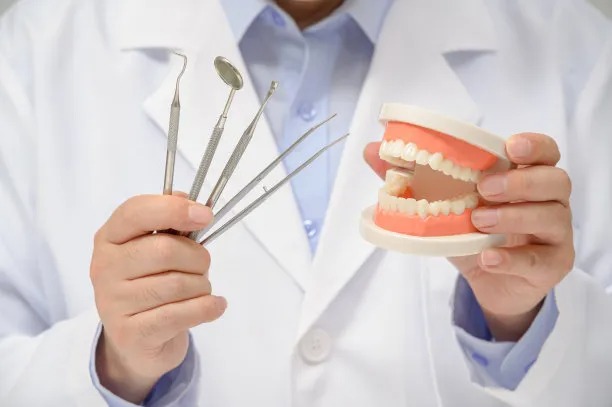The Essential Guide to Extracting a Tooth Steps Risks and Aftercare for a Smooth Recovery
Summary: Extracting a tooth is a common dental procedure that many individuals may face due to decay, trauma, or orthodontic concerns. This guide outlines the essential steps involved in tooth extraction, highlights the associated risks, and details aftercare recommendations for a smooth recovery. Understanding each stage of the extraction process can alleviate anxiety and promote better patient outcomes. From pre-operative preparations to post-surgery care, this comprehensive guide offers vital knowledge on maintaining oral health following extraction, ensuring a comfortable recovery journey.
1. Preparing for the Tooth Extraction Procedure

The first step to a successful tooth extraction is preparation. Understanding the reasons for extraction is key, and it often stems from issues like severe decay, impaction, or overcrowding. Discussing these factors with your dentist can provide clarity and reassurance.
Your dentist will perform a thorough examination, which may include X-rays to evaluate the root structure and surrounding bone. This diagnostic step is crucial for assessing the complexity of the extraction and planning appropriately.
In the days leading up to your appointment, follow your dentist’s instructions regarding eating, drinking, and medication. It’s advisable to avoid blood thinners and certain over-the-counter drugs unless otherwise directed, as these can increase bleeding risks.
2. Understanding the Risks Associated with Tooth Extraction
While tooth extraction is a routine procedure, it carries inherent risks that patients should be aware of. Common complications include excessive bleeding, infection, and damage to surrounding teeth or nerves. Its vital to discuss these risks candidly with your dentist.
Another potential risk is dry socket, a painful condition that occurs when the blood clot at the extraction site dislodges before healing. Patients, particularly smokers or those who don’t follow aftercare guidelines, are at a higher risk for this complication.
Lastly, there may be psychological impacts, such as anxiety or fear of dental procedures. Clear communication with your dentist can help alleviate concerns and create a supportive environment for treatment.
3. Steps Involved in Extracting a Tooth Effectively
The extraction procedure typically involves several steps. Initially, your dentist will administer a local anesthetic to numb the area around the tooth, ensuring discomfort is minimized throughout the process. For complex cases, general anesthesia may be considered.
Once you are comfortably anesthetized, the dentist uses specialized instruments to gently rock the tooth back and forth, loosening it from the surrounding tissues. This careful manipulation is essential for a smooth extraction and minimizes trauma to the jawbone.
After the tooth is removed, your dentist will clean the extraction site and may place gauze to control bleeding. The site will be monitored for any immediate complications before you are allowed to leave. Understanding each of these steps helps to demystify the process and can reduce anxiety for patients.
4. Aftercare for a Smooth Recovery
Post-extraction care is crucial for a successful recovery. Patients should follow their dentists specific instructions regarding pain management, which may include prescription or over-the-counter pain relievers. Ice packs can be utilized to reduce swelling and discomfort during the initial days.
Its recommended to maintain a soft diet for the first few days, avoiding hot, spicy, or hard foods that may irritate the extraction site. Staying hydrated while being cautious with your diet can help speed up the healing process.
Good oral hygiene should not be neglected, even after extraction. Patients should gently rinse their mouths with warm salt water starting 24 hours after surgery, promoting healing while avoiding vigorous swishing that could dislodge the blood clot.
Summary: Understanding the process of tooth extraction, including preparation, risks, procedural steps, and aftercare can significantly enhance the experience and recovery for patients. Being informed equips individuals with the necessary knowledge to alleviate apprehensions and promote effective healing. Diligent aftercare and open communication with dental professionals are vital in achieving a smooth post-extraction phase, restoring oral health and comfort swiftly.
This article is compiled by Vickong Dental and the content is for reference only.


